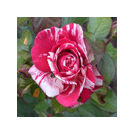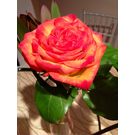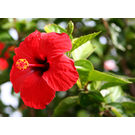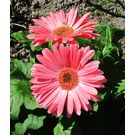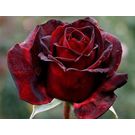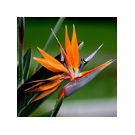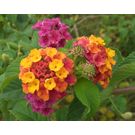Rhododendron Plant
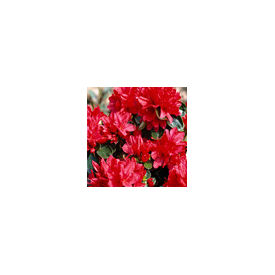
Description
Rhododendron is a genus of over 1,000 species of woody plants in the heath family, either evergreen ordeciduous With showy flowers.
Rhododendrons should be planted with either a root ball, if the plants are field grown, or with their container mix, if container grown. In favorable climates, rhododendrons can be planted almost any time of the year with reasonable success. In colder areas, early spring planting is recommended with early fall planting being second choice. In hot areas, fall planting is preferred.
When planting, first consider the nature of the soil. This may mean working in organic matter and acidifying the soil if it's too alkaline (pH higher than 6) by adding agricultural sulfur or ferrous sulfate. The amount of sulfur to add depends on local soil conditions, therefore it is advisable to consult with your local Extension Agent for proper rates for your soil. Do not use aluminum sulfate to acidify the soil because aluminum is harmful to the plants.
In very light, sandy, acid soil which is high in organic matter and ideal for rhododendrons, they may be planted in a hole a little larger than the root ball. Where the native soil is less porous than the material in the root ball, the soil should be improved by adding organic matter or perlite to make it more porous. Where the soil is clay and holds water in the bottom of a dug hole or is alkaline, it is advisable to plant on top of the ground in a mound made of a mixture of soil, coarse peat moss, bark, sand or perlite. The mound of soil may taper off at the edges or be confined by planks or logs in the form of a planter. Such raised beds require special watering attention during the summer.


